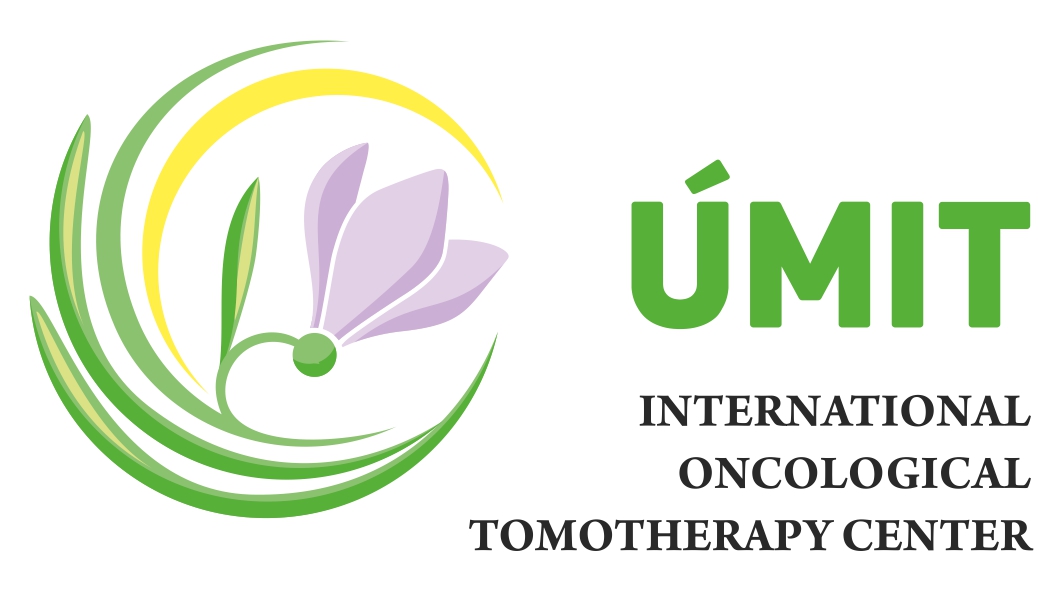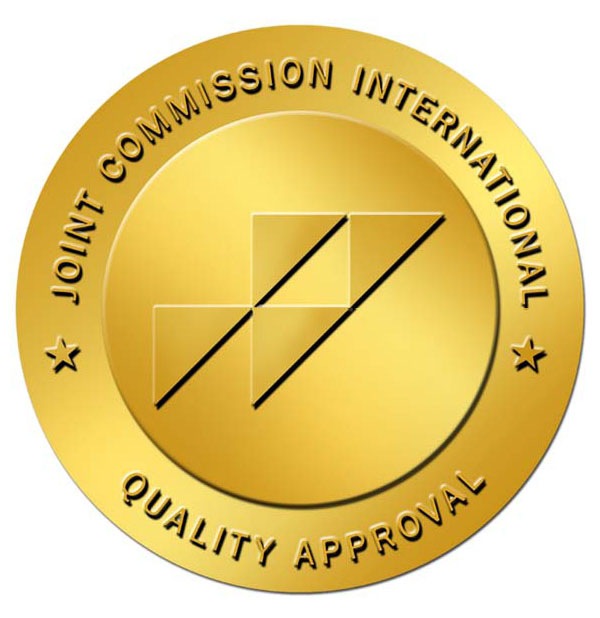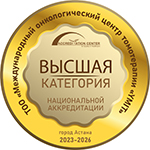Gastroscopy (EGDS, esophagogastroduodenoscopy)
Allows to visually examine the mucous membrane of the esophagus, stomach and duodenum. The examination is performed using endoscope, which is a flexible probe with a built-in video camera, allowing the doctor to receive an image on the screen.
Gastroscopy equipment is highly sensitive. Doctor can detect changes on the surface of the mucous membrane of internal organs as small as a few millimeters. During the procedure, not only a visual examination is performed. If any neoplasms in the esophagus, stomach, duodenum are detected, the doctor takes samples of the mucous membrane and sends them for histological examination. In some cases, it is possible to remove epithelial formations (polyps) in the stomach and esophagus directly during diagnostic gastroscopy. The decision to remove is made based on the structure and size of the neoplasm. Benign neoplasms up to 1.5-2 cm (sometimes 2.5 cm) can be removed.
The information obtained during gastroscopy allows to make an accurate diagnosis and choose an adequate treatment method.
Goal of gastroscopy
The EGDS method is essential in the diagnosis of the esophagus, stomach and duodenum diseases. During gastroscopy, doctor can diagnose gastritis, all forms of peptic ulcer, esophagitis, GERD, as well as neoplastic processes even at early stages, unlike other methods that detect diseases at later stages of the disease. Due to modern endoscope, polyps and erosions are not only detected, but also effectively treated.
Additional functions of the endoscope allow to perform the following medical procedures:
- injections or spraying with medicines
- excision of polyps
- bleeding control
- treatment of the vascular and lymphatic system diseases
- solution of the narrowed esophageal lumen problem
- insertion of a special probe designed to supply the nutrient mixture into the stomach.
Indications for gastroscopy
The reason for gastroscopy can be:
- pain, heaviness in the stomach after eating or pain in the fasted state
- constant, exhausting heartburn
- profuse belching
- "unreasonable" weight loss or lack of appetite
- frequent nausea and vomiting
- unpleasant taste sensations
The WHO statistics shows an increase in the number of malignant neoplasms of the gastrointestinal system worldwide, therefore, after the age of 45, it is recommended to regularly undergo preventive EGDS, the price of which is many times less than the cost of treatment.
Gastroscopy “asleep”
In the “Umit” Center, patients have an opportunity to undergo gastroscopy “asleep”. For the procedure, general anesthesia is not used; in our clinic, gastroscopy is performed under the most comfortable conditions of sedation - a 10-minute drug-induced sleep using special preparations. Endoscopy “asleep” performed under the control of an anesthesiologist, who carries out an individual selection of the drug and its intravenous administration.
During the procedure patient sleeps without any unpleasant sensations, and waking up immediately after its completion, does not feel discomfort.
This is how all types of endoscopic examinations and manipulations are performed in Europe, including FGS and FGDS, because when patient is calm and does not interfere with the examination, the doctor performs the necessary diagnostic complex as quickly, accurately and efficiently as possible.
Preparation for gastroscopy “asleep”
- The most informative and correct esophagogastroduodenoscopy is possible only with the complete removal of all foreign substances that can distort the picture. Therefore, gastroscopy is usually performed on an empty stomach, with a preliminary 8-12-hour interval of abstinence from food and water. An exception is made only for emergency gastroscopy, for which a probe gastric emptying is performed.
- After an X-ray examination of the gastrointestinal tract using contrast agents, a period of up to three days should pass before the endoscopy.
- Before starting the procedure, endoscopist informs patient about the purpose of examination and explains features of manipulations. Gastroscopy is carried out after the patient falls into a drug-induced sleep.
- Endoscope and all instruments undergo multi-stage disinfection in antibacterial solutions, which completely eliminates the transmission of infection.
Examinations recommended before endoscopy
- ECG. For patients with cardiovascular system diseases, as well as patients over 50 years (especially for examination under sedation), it is advisable to undergo ECG or have data from a previously performed ECG (no later than 1 month).
- General blood analysis. Presence of a number of diseases in patient (coagulopathy, thrombocytopenia or portal hypertension) requires special attention during the diagnosis. The results of the blood test will be taken into account by the doctor during endoscopy.
- Analysis for infectious diseases. Tests for HIV, hepatitis and syphilis are standard during minimally invasive procedures (including endoscopy), before surgery and hospitalization.
The above mentioned examinations are advisory in nature and aimed at identifying contraindications and ensuring maximum safety during endoscopic examinations. For details, please contact the call center: +7 7172 95 44 84, +7 777 201 44 44
Reminder for patient
Esophagogastroduodenoscopy (EGDS).
EGDS is performed on an empty stomach. Between the last meal and EGDS there should be a mandatory break of 10 to 12 hours.
It is not necessary to follow a special diet before the procedure, but 2 days before the EGDS, it is recommended to exclude from your food: chocolate; alcohol; spicy dishes; nuts; seeds. In the evening, before the examination, it is recommended to have a dinner of easily digestible food (no salads) - until 18:00.
Preparation for EGDS on the day of the examination is to ban the intake of any food. In the morning, it is also not recommended to smoke and take medications in the form of tablets or capsules. The practice has shown that when smoking even one cigarette in the morning, the procedure is more difficult, patient's gag reflex increases and the amount of mucus in the stomach increases, which prolongs the examination time.
It is allowed before EGDS: brush teeth; undergo other examinations (for example, ultrasound); make injections, if they are necessary in the morning; take medications that can be dissolved in the mouth; 2-4 hours before the procedure it is permissible to drink water without gas.
Dress code: it is recommended to come to the procedure in advance, put off a tie, glasses, dental prosthesis (if any).
Preparation for EGDS of the stomach has some more important points. Dress loose clothing so that you can unfasten the collar and belt. The patient must have medications that are taken constantly, which can be drunk immediately after the procedure. It is also necessary to take, if available, previous examination data. If the patient has an allergy, he must inform the doctor. Patients with epilepsy and diabetes should warn doctors about the presence of these diseases before the examination.
Preparation for (EGDS)






 public offer
public offer










